Le timide (1915) Online
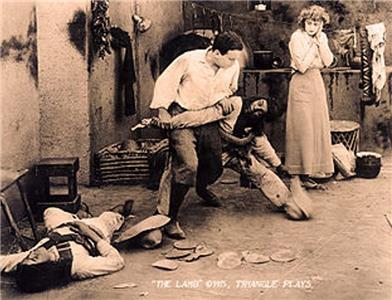
Gerald, the somewhat frail son of a wealthy New York family, is bested at the beach by Bill, a strapping young cowboy from Arizona. His fiancée Mary, ashamed of Gerald's "yellow streak", leaves him and goes by train to visit some friends in Arizona, with Bill in tow. Gerald follows them, and before long he and Mary winds up captured by Yaqui Indians and Gerald must prove to Mary that he is not the "weakling" she thinks he is by coming up with a plan for them to escape their captors.
| Credited cast: | |||
| Douglas Fairbanks | - | Gerald | |
| Seena Owen | - | Mary | |
| William Lowery | - | Yaqui Indian Chief (as William E. Lowery) | |
| Lillian Langdon | - | Mary's Mother | |
| Monroe Salisbury | - | Mary's Cousin | |
| Kate Toncray | - | Gerald's Mother | |
| Alfred Paget | - | Bill Cactus | |
| Eagle Eye | - | Yaqui Indian Chief | |
| Rest of cast listed alphabetically: | |||
| Edward Warren | - | Gerald's Valet |
Film debut of Douglas Fairbanks.


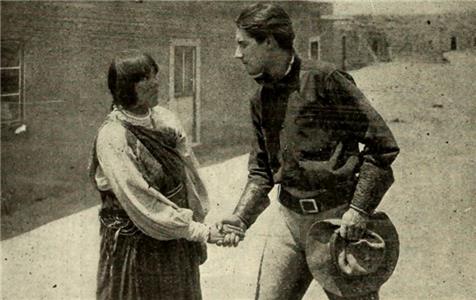
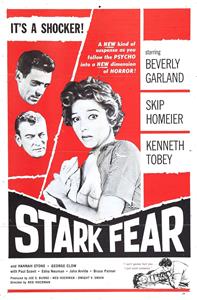
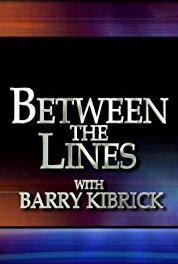

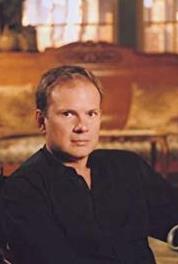
User reviews